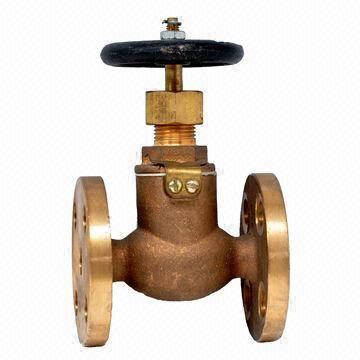|
Designing Durable Marine Valves for Extreme ConditionsIn the harsh and unforgiving world of marine environments, equipment must be engineered to withstand extreme conditions that would cripple lesser designs. Among such critical components are marine valves, which play a vital role in controlling the flow of fluids on ships and offshore platforms. These valves are subjected to relentless exposure to saltwater, high pressures, corrosive atmospheres, and severe weather conditions. Therefore, designing durable marine valves is paramount for ensuring the reliability and safety of maritime operations.
Understanding the Challenges Before delving into design solutions, it's essential to comprehend the challenges faced by marine valves. The primary issues include: 1. Corrosion: Saltwater is highly corrosive due to its saline content, which accelerates the degradation of metal parts over time. 2. Pressure & Temperature Variations: Marine applications often involve high-pressure systems and fluctuating temperatures that can affect valve performance and longevity. 3. Mechanical Stress: Vibrations, shocks, and constant movement from waves and engine operation can lead to wear and tear. 4. Biofouling: Marine organisms like barnacles and algae can attach themselves to the valve surfaces, hindering operation and causing damage. 5. Maintenance Difficulties: Accessibility for inspection and repair in remote or harsh marine locations can be challenging. *Design Strategies for Durability To address these challenges, several design strategies can be employed: 1. Material Selection: Opting for materials resistant to corrosion and biofouling is crucial. Common choices include stainless steel, bronze alloys, nickel-aluminum-bronze (NAB), and duplex stainless steels. Coatings such as epoxy or polyurethane can also enhance protection against corrosion. 2. Anti-Corrosion Technologies: Incorporating sacrificial anodes or using cathodic protection systems can help mitigate corrosion by protecting the valve body from electrochemical reactions. 3. Robust Construction: Designing valves with thicker walls, reinforced structures, and robust sealing mechanisms ensures they can withstand high pressures and mechanical stresses without failure. 4. Self-Cleaning Mechanisms: Implementing features like spring-loaded balls or special coatings that prevent fouling can reduce maintenance needs and prolong valve life. 5. Modular Design: A modular approach allows for easy replacement of worn-out parts without having to replace the entire valve, simplifying maintenance in difficult-to-reach locations. 6. **Advanced Actuation Systems:** Using hydraulic, pneumatic, or electric actuators designed specifically for harsh marine environments ensures reliable operation even under extreme conditions. 7. Simulation and Testing: Advanced computer simulations and rigorous testing protocols mimicking real-world scenarios help identify potential weaknesses before deployment, ensuring valves meet stringent performance standards. 8. Environmental Considerations: Designing valves with eco-friendly materials and processes not only benefits the environment but also aligns with growing regulatory requirements for sustainable maritime practices. Conclusion The design of durable marine valves for extreme conditions is a complex task requiring careful consideration of material science, engineering principles, and environmental factors. By adopting innovative design strategies and leveraging advanced technologies, manufacturers can produce valves that not only withstand the rigors of marine environments but also contribute to safer, more efficient maritime operations. As technology continues to evolve, so too will the capabilities of marine valves, ensuring they remain at the forefront of resilience and durability in the face of nature's most challenging elements. |

